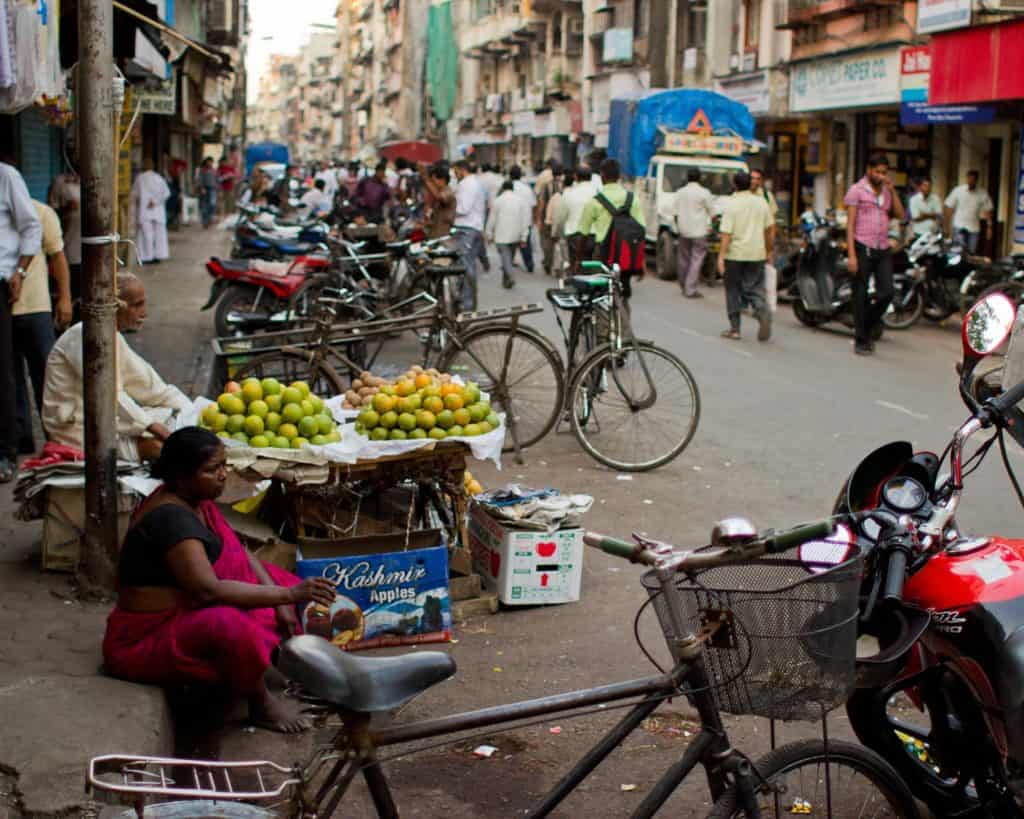In 2019, researchers at the Azim Premji University (APU) proposed the creation of a National Urban Employment Guarantee Programme that addresses the problem of unemployment, underemployment and low wages in the informal urban workforce. The proposal called for providing 100 days per year of guaranteed work at Rs 500 a day as well as apprenticeships for youth with graduate or post-graduate degrees.
Since 2006, the Mahatma Gandhi National Rural Employment Guarantee Act (MGNREGA) has attempted to provide 100 days of employment to adults in rural areas. But no such social security and public works programme exists in Indian cities and towns that are facing a significant chunk of low wages and unemployment. Many small and medium-sized towns have also not adequately benefited from Government of India’s urban programmes such as the Smart Cities Mission, the Jawaharlal Nehru National Urban Renewal Mission, Pradhan Mantri Awas Yojana, according to the APU researchers.
As the COVID-19 pandemic rages across the country, it’s understood that the pandemic-affected urban informal labour market needs assistance. But questions around the implementation of such a scheme remain unresolved.

Challenges to urban employment guarantee
The APU researchers have proposed to make the Urban Local Body (ULB) such as a municipal corporation or municipality as the principal authority for administering such a programme. They suggest that a municipal corporation can “identify projects, prepare annual work plans, and implement the programme in a participatory manner by involving ward committees”. They also propose a division of budget between the centre-state and city governments.
But they also recognise that ULBs, which are largely responsible for the effective functioning of towns and cities, “find themselves unable to carry out their core tasks adequately due to lack of financial as well as human resources”.
The pandemic has led to protracted fiscal concerns for governments. The Brihanmumbai Municipal Corporation, India’s richest municipal corporation, too, is cash-strapped. While the researchers have proposed that the centre bear the highest expenditure share of such a programme, the pathway to financing it will be thick with budgetary concerns.
Participatory decision-making through ward sabhas, though an enduring dream, has also remained elusive despite repeated attempts to implement the 74th Amendment of the Indian Constitution. Therefore ULBs will first have to focus on strengthening ward committees before implementing an urban income guarantee programme.
Amit Basole, one of the authors of the proposal, acknowledges that weak urban local governments are a huge impediment in the design of any such scheme. But, he emphasises the experience of MGNREGA. “In rural areas,” he says, “the welfare scheme has “proved to be the vehicle of reform to an extent.”
It’s a chicken and egg situation. “Do you bypass the ULBs because they don’t have the capacity or finance? Or do you go through them and deal with problems such as there’s no established system of ward committees and properly represented local democracy?” Basole says.
Apart from concerns of capacity and finance, such a scheme also induces politicking upon the issue of eligibility. There’s a tremendous in-migration in Mumbai. Seasonal migrants continually arrive in search of employment. Who, then, remains eligible for an urban jobs scheme and who doesn’t?
A universal urban income scheme with a higher wage rate than rural India might incentivise migration, Mathew Idiculla, a co-author of the Azim Premji report, says. Kerala, he adds, has solved the problem by keeping the wage constant across the state but the southern state also has the benefit of an urban-rural continuum. The researchers propose to restrict eligibility to those who can demonstrate domicile or residential status within the jurisdiction of a local government. But this will alienate the vulnerable communities most in need of work.
A better targeted scheme, perhaps, could solve the problem of unchecked migration. Women have a dismal labour force participation in India. What, if such a scheme were targeted at women?
Lack of adequate, safe transport and care work, (which is taking care of children and the elderly) hinder women’s participation in the labour market in Indian cities, according to Sripad Motiram, Associate Professor of Economics, University of Massachusetts. “To a certain extent, a job guarantee scheme can neutralise the influence of the above factors,” he says. “Of course, to achieve a durable solution, social norms for sharing of work within the household (between men and women) must change and safe and good public transport should be provided.”
Idiculla, however, is cautious because women’s labour is often unrecognised and undervalued. They also tend to be grossly underpaid, an argument best illustrated through the case of Accredited Social Health Activist or ASHA workers.

Widening the Scope
In September 2020, economist Jean Drèze proposed a programme called DUET (Decentralised Urban Employment and Training) for urban areas. The programme is a demand-based job guarantee scheme under which state governments can issue job stamps and distribute them to public institutions like schools or health centres. These institutions can convert each job stamp into “one person-day of work” for a particular job. The government must pay the wage, the statutory minimum, Drèze notes, directly to the worker’s account on presentation of job stamps with a due-form work certificate from the employer.
Drèze’s proposal has prompted much interest among academics and policy makers. Basole believes that while Drèze proposal is an urban job programme, its strength lies in the fact that it “doesn’t put the onus on ULBs as a job provider at the local level. It says that any public institution can avail of this job stamp and get work done if it needs to.”
But this strength can also be attributed as a weakness, as it gives governments another opportunity to bypass local governments. The pursuit, according to Idiculla, must be to strengthen local governance.
“ULBs play a limited role in addressing concerns of employment and livelihood,” Idiculla says, when they “should have systems to address concerns of livelihood.”